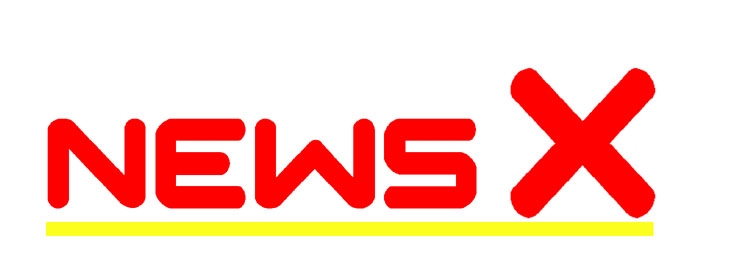- By Dr. Amit Kharat, MBBS, DNB, Ph.D., FICR, Co-Founder DeepTek, Scientist, Researcher, Professor
Radiology is a rapidly changing field due to the emergence of AI. With close to 400 FDA approvals for AI applications, it is one of the branches of medicine with the most regulatory approvals. This number is significantly higher than the second closest modality, cardiology, which has around 50+ FDA approvals. As AI applications in medical imaging continue to grow, the challenge is how radiologists and administrators can effectively use these applications.
Let’s take a step back and understand why AI applications in radiology are critical and indispensable. Due to sub-specialization, the focus is on delivering quantifiable, detailed, structured, and objective radiology reports. AI applications in radiology assist radiologists by performing quantification, assisting in diagnosis, and screening for critical conditions like brain bleeding on CT, pneumothorax in an x-ray chest, and tiny brain aneurysms on MRI. AI can also help in quality assurance in radiology reports. These tools can significantly increase the accuracy of radiology reports and minimize burnout among experts.
The question is how can radiologists, technologists, administrators, and even physicians interact and use these tools in day-to-day practice unless the AI can be packaged in a way that it naturally fits in an imaging clinic, hospital, and an expert’s workflow. In order to make AI tools more easily adopted in radiology, radiologists and administrators need to be trained on how to use these AI tools effectively, and administrators need to figure out how to integrate them into existing workflows and processes. Additionally, there is a need for radiologists and administrators to be able to understand the technical details of these AI applications and how they work, in order to be able to properly evaluate their performance and make informed decisions about their use.
Enter Augmento!
It helps radiologists and other medical professionals to do their work more efficiently by using smart and intelligent techniques to manage their workflow and reporting. It also provides features like class-leading image visualization, post-processing, research tools, smart reporting, AI-enabled reporting, Quality Audit, and seamless communication among stakeholders. The platform uses AI to quickly identify critical issues in images and predict what a scan might show, and can also rearrange the order of images based on their importance. It is easy to use and works on different types of computers, and also uses special connections to other medical systems to share information.
How can such a solution transform healthcare?
AI platforms like Augmento make it easier for organizations to use new technology and tools in radiology. These platforms are user-friendly and don’t require multiple clicks or complicated setup. They are built with modern architecture and languages, which means they can harness the power of faster internet connections like 4G or 5G. With Augmento, hospitals, imaging clinics, and mobile diagnostic vans in remote areas can get AI analysis of scans and specialist opinions in just a few minutes, even over standard mobile networks. Using AI can also help experts and administrators to work more efficiently, improve the quality of their reports, and provide faster results, especially in emergency cases.
Auditing AI
AI platforms like Augmento make it easy for hospitals to use new technology and tools to get AI ready with just a few clicks. The deployment is done remotely and it works with the hospital’s equipment using a secure connection. This means that even remote hospitals can get AI analysis quickly and get a specialist opinion within minutes of uploading the scan. AI platforms also help experts and administrators see a 3X gain in productivity, quality, and report turnaround time, which is important for emergency readings of scans. It also includes post deployment surveillance features which allow it to assess AI fairness, consistency, robustness, and identify any potential drift due to changes in scanning parameters. It also allows checking AI bias to a certain machine, age group or cohort. This allows users to explore the boundaries of the AI solution and provide feedback to improve it.
Adoption:
Augmento is an AI platform that has been selected for deployment in several key public sector hospitals in Singapore. It was a part of a large Request for Proposal (RFP) process that lasted for over 1.5 years and many industry players participated in it. With this deployment, Augmento will become the go-to platform for radiologists and other medical experts to easily access and utilize AI tools in their work. The platform has also been adopted in the Philippines, which further demonstrates its effectiveness and versatility. As the platform is cloud hosted and cloud agonist thin client scalable architecture it makes it easier to use this as a pay per use model or a monthly license model.
As healthcare delivery continues to evolve, the gap between service providers and patients is becoming wider. In the field of radiology, this can be particularly challenging. The shortfall in the number of radiologists, growing population, impact of Covid 19 and massive demand for higher end imaging will be the potential key reasons why Ai adoption will be hastened in the field of radiology.
Tools like Augmento carry the potential to bridge this gap by providing easy deployment and auditing of AI tools, which can greatly improve workflows and increase efficiency. This can be a major game-changer for radiology and the healthcare industry as a whole.

